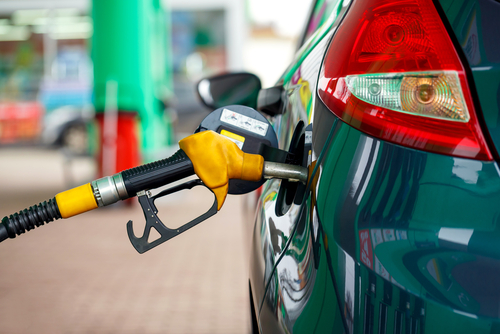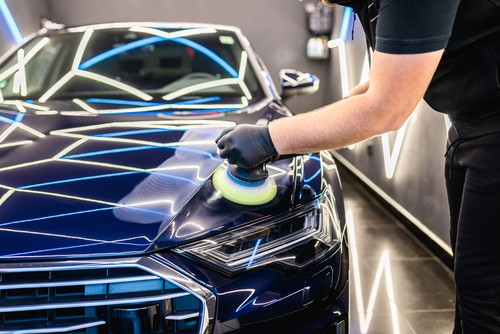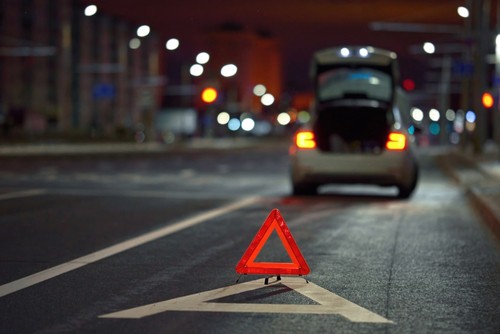
Reasons Why Your Brakes Are Squeaking
October 26, 2022
Why Use Original Equipment Manufacturer (OEM) Parts For Car?
January 10, 2023What Cause A Check Engine Light To Come On?
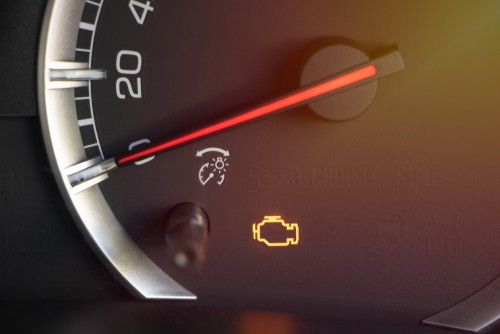
What Cause a check engine light to come on? A check car engine light is a warning that your car’s computer system has detected some fault or abnormality in the vehicle. If an engine light comes on, it can indicate something minor such as a low oil level, or something serious, like a faulty catalytic converter.
Don’t panic when an engine light goes on. Your car will still run, but you need to take it to a mechanic or car repair shop as soon as possible so that the mechanic can diagnose the problem.
Table of Contents
Causes for a check engine light to come on

1. A broken gas cap
If you’ve recently bought a new car and the check engine light turns on, the problem might be that the gas cap is not fastened correctly or is broken. This can cause a reduction of vacuum in the fuel line, which in turn causes a check engine light to illuminate.
Here’s what you should do to fix this problem: Pull over as soon as possible and tighten or replace your gas cap. Leave it loose for more than one hour, but no longer than two hours. This will show you how often you need to check your gas cap for tightness. Check it before you put more than one gallon of fuel in your car’s tank.
2. Carbon buildup in the exhaust system
If your check engine light is on, it could mean that your car’s exhaust system is clogged with carbon buildup. Carbon buildup can occur due to improper maintenance of your vehicle.
Excess carbon buildup results from a weak pulse, which can cause your catalytic converter to overheat and malfunction. If you’re unsure how often you should take your vehicle in for routine service checks, ask about it before purchasing the car from the dealer or private owner. You’ll then be prepared for what to do if a check engine light turns on at some point in the future.
3. Damaged oxygen sensor or catalytic converter
The oxygen sensor tells your car’s engine management system how much air enters the combustion chamber. If the sensor is damaged, an engine light will warn you of a problem, affecting your car’s performance.
A catalytic converter reduces emissions by burning off harmful gases before they leave the tailpipe. A check engine light indicates that something is wrong with this converter, and it may be time to replace it if one of these conditions exists:
4. Dirty catalytic converter
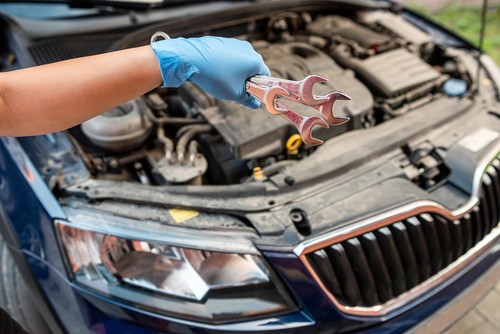
Cars that run on diesel engines don’t use oxygen sensors to detect how much air enters the combustion chamber. Instead, they use a diesel particulate filter that cleans soot and other harmful particles from the exhaust before they leave the engine.
If this filter gets too dirty, it won’t be able to do its job, and the check engine light will come on. The only way to fix this problem is by replacing or removing the damaged filter.
5. Bad fuel injector or coil
A malfunctioning injector or coil can prevent your car from starting and cause your check engine light to come on. If your car is still running and the check engine light is on, take it to a mechanic and have them check the engine’s computer system for a fault code. This will tell you which component is causing the problem so that you can get it fixed as soon as possible.
6. Bad engine control module (ECM)
A bad engine control module (ECM) can cause many malfunctioning problems. There are several reasons why your ECM can go wrong, but one of the most common is an electrical short or a burnt-out component. To fix this problem, you’ll need to have your ECM replaced at an auto repair shop or by a mechanic with the correct equipment.
7. Low coolant level
A car’s cooling system is essential to keep the engine from overheating. If the cooling system malfunctions, it can cause your check engine light to turn on. Take your vehicle to an auto repair shop so that they can take a look at it and find out what’s causing the problem. You’ll want to get this issue fixed as soon as possible before your engine gets damaged.
8. Bad ignition timing or worn spark plugs
If your check engine light is on and you’re having trouble turning over your car’s engine, one of these two problems could be to blame. Spark plugs help an engine start by providing a source of ignition.
The problem with spark plugs is that they wear out over time and must be replaced. If you don’t replace your spark plugs regularly, they can short-circuit and cause your check engine light to turn on. Ignition timing refers to when the spark plug should fire about the piston in your engine. If this timing is off, it can cause problems such as stalling.
9. Low transmission fluid level
If you check your transmission’s fluid level and find it’s low, take your car back to the dealership or mechanic who did the last transmission flush or other service work. If your transmission fluid runs low, it can cause grinding and screeching noises that turn on the check engine light. To properly repair this problem, your mechanic must replace the old fluid with fresh fluid.
10. Bad fuel pump or injector pump relay
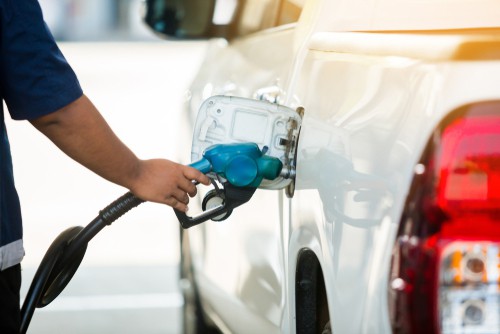
Fuel injectors help an engine run smoothly by delivering fuel to the intake manifold at a rate that matches the engine’s needs and requirements. If the fuel injector relay is stuck in the open position, it can cause the engine light to come on and stall your car’s engine. The only way to fix this problem is by replacing or fixing the faulty relay.
11. Damaged intake or exhaust manifold
When a manifold gets scratched or damaged, fuel can enter the engine’s cylinders and cause a check engine light to come on. You’ll need to have your intake manifold replaced to fix this problem. If you notice that the check engine light is on, but your car usually runs, take it back to your mechanic and let them diagnose the problem.
12. Damaged oxygen sensor or catalytic converter
The oxygen sensor tells your car’s engine management system how much air enters the combustion chamber. If the sensor is damaged, an engine light will warn you of a problem, affecting your car’s performance.
A catalytic converter reduces emissions by burning off harmful gases before they leave the tailpipe. A check engine light indicates that something is wrong with this converter, and it may be time to replace it if one of these conditions exists:
What Cause A Check Engine Light To Come On? – Conclusion
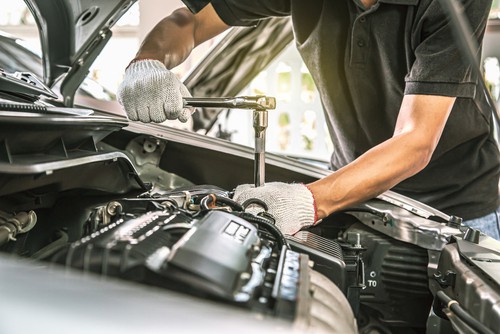
A check engine light is a helpful feature that can alert you to a problem before you experience any symptoms of it. These problems can range from minor to major, but they can all be repaired if you take your car to a mechanic and have them diagnose the problem. Once the check engine light turns on, it’s essential to fix that problem as soon as possible before it worsens.

